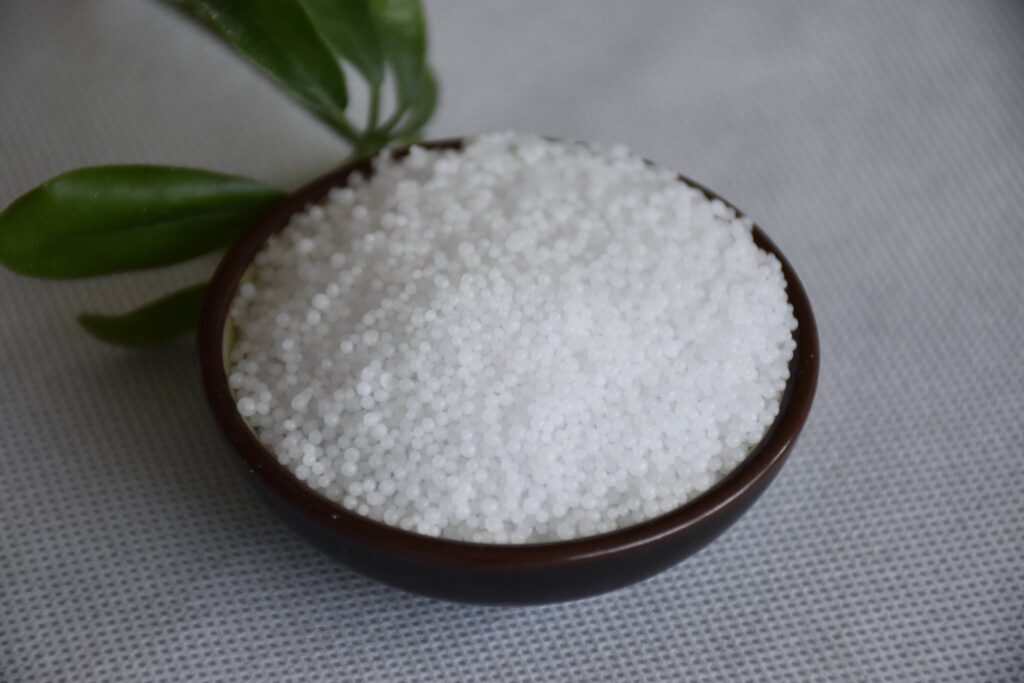How Caustic Soda Suppliers Maintain Safety While Storing this Corrosive Substance
Sodium Hydroxide (NaOH), commonly known as caustic soda, is a colourless and odourless chemical famous for its corrosive properties. When water comes in contact with solid caustic soda, it produces super-hot exothermic reactions. If human skin comes in connection with this ionic compound, it can lead to hazardous injuries.
Ingesting this substance can lead to death. What makes caustic soda even more dangerous is its volatile reactivity with various chemicals and metals. Despite these issues, caustic soda is a beneficial substance across multiple manufacturing processes. Caustic soda suppliers play critical roles in the manufacture of soap and detergents.
More importantly, these suppliers store, handle and supply this corrosive substance with excellent care. Caustic soda suppliers must adhere to various regulatory guidelines to avoid the hazards NaOH poses to their safety. These professionals maintain security while storing and handling this hazardous inorganic and ionic compound.
Avoid Body Contact
Operators handling caustic soda must never make direct contact with this material. They wear Personal Protective Equipment (“PPE”) while taking this material.
- Chemical-resistant overalls and aprons
- Thick-layered footwear and gloves
- Chemical-resistant glasses and face shields
- Respirators
These PPE items serve as the last lines of defence against potential accidents.
1.9 Specific Gravity Storage Tanks
Caustic soda has very high viscosity. This property makes it prone to seeking leaks inside storage containers. If there’s a small leak in your storage tank, this sticky and slippery chemical will find its way. To avoid leaks, caustic soda suppliers store this material in corrosion-resistant containers with 1.9 specific gravity capacity ratings.
Specific gravity is a term used to describe how dense a chemical is with water. Caustic soda has almost twice the weight of water. Hence, its specific gravity is 1.9. Containers with 1.9 detailed gravity capacity ratings counter the “leak-seeking” nature. The slippery substance can’t move volatilely and find leaks inside these tanks.
We are maintaining 100°F for Temperature Polyethylene Tanks.
Many caustic soda suppliers use polypropylene tanks to store this material. These tanks come with anti-corrosion coatings and polyurethane foam insulation. The insulation helps the storage tankers maintain internal temperatures around the 100 ⁇ F mark.
Maintain 70°F Temperature to Prevent Freezing
Caustic soda solutions can freeze at temperatures lower than 70°F. To avoid this issue, suppliers keep their corrosion-resistant caustic tanks in temperatures above 7In winter, the. The suppliers retain their caustic tanks entering using heating tapes, steam coils, and other internal heating solutions.
Minimise Piping Runs
The piping systems used by caustic soda suppliers are often insulated and heat traced. These measures compensate for the substance’s relatively high freezing point. However, it’s best for the suppliers to not expose their piping runs to ambient temperatures (beneath 70°F). They minimise piping runs.
The pipes these professionals use come with flexible connections and fittings that reduce vibration stress on the overall piping system. The lines also expand and contract (laterally and vertically) to prevent freezing and promote fluidity.
By employing these proven tactics, caustic soda suppliers can safely store and supply this corrosive substance.
How Caustic Soda Suppliers Maintain Safety While Storing this Corrosive Substance
Sodium Hydroxide (NaOH), commonly known as caustic soda, is a colourless and odourless chemical famous for its corrosive properties. When water comes in contact with solid caustic soda, it produces super-hot exothermic reactions. If human skin comes in connection with this ionic compound, it can lead to hazardous injuries.
Ingesting this substance can lead to death. What makes caustic soda even more dangerous is its volatile reactivity with various chemicals and metals. Despite these issues, caustic soda is a beneficial substance across multiple manufacturing processes. Caustic soda suppliers play critical roles in the manufacture of soap and detergents.
More importantly, these suppliers store, handle and supply this corrosive substance with excellent care. Caustic soda suppliers must adhere to various regulatory guidelines to avoid the hazards NaOH poses to their safety. These professionals maintain security while storing and handling this hazardous inorganic and ionic compound.
Avoid Body Contact
Operators handling caustic soda must never make direct contact with this material. They wear Personal Protective Equipment (“PPE”) while taking this material.
- Chemical-resistant overalls and aprons
- Thick-layered footwear and gloves
- Chemical-resistant glasses and face shields
- Respirators
These PPE items serve as the last lines of defence against potential accidents.
1.9 Specific Gravity Storage Tanks
Caustic soda has very high viscosity. This property makes it prone to seeking leaks inside storage containers. If there’s a small leak in your storage tank, this sticky and slippery chemical will find its way. To avoid leaks, caustic soda suppliers store this material in corrosion-resistant containers with 1.9 specific gravity capacity ratings.
Specific gravity is a term used to describe how dense a chemical is with water. Caustic soda has almost twice the weight of water. Hence, its specific gravity is 1.9. Containers with 1.9 detailed gravity capacity ratings counter the “leak-seeking” nature. The slippery substance can’t move volatilely and find leaks inside these tanks.
We are maintaining 100°F for Temperature Polyethylene Tanks.
Many caustic soda suppliers use polypropylene tanks to store this material. These tanks come with anti-corrosion coatings and polyurethane foam insulation. The insulation helps the storage tankers maintain internal temperatures around the 100 ⁇ F mark.
Maintain 70°F Temperature to Prevent Freezing
Caustic soda solutions can freeze at temperatures lower than 70°F. To avoid this issue, suppliers keep their corrosion-resistant caustic tanks in temperatures above 7In winter, the. The suppliers retain their caustic tanks entering using heating tapes, steam coils, and other internal heating solutions.
Minimise Piping Runs
The piping systems used by caustic soda suppliers are often insulated and heat traced. These measures compensate for the substance’s relatively high freezing point. However, it’s best for the suppliers to not expose their piping runs to ambient temperatures (beneath 70°F). They minimise piping runs.
The pipes these professionals use come with flexible connections and fittings that reduce vibration stress on the overall piping system. The lines also expand and contract (laterally and vertically) to prevent freezing and promote fluidity.
By employing these proven tactics, caustic soda suppliers can safely store and supply this corrosive substance.



